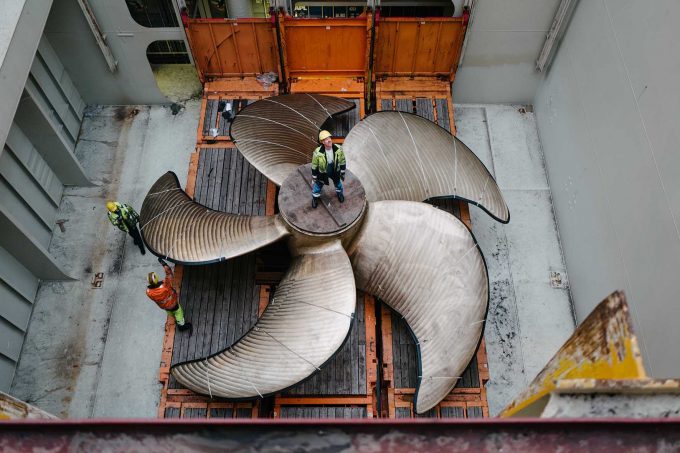Maersk suspends vessel calls at Haifa as regional tension rises
Maersk Line has become the first container line to reorganise its services to Israel, announcing ...

Project logistics and out-of-gauge cargo are the latest specialist shipping targets of container lines looking for alternative revenue streams.
With standard dry container volumes showing flat growth, and low freight rates an increasingly perennial feature of the industry, box carriers are looking to expanding into the more ...

Comment on this article
Clint Wadsworth
March 12, 2016 at 2:42 pmAre any shippers accepting yachts as project freight?
Clint Wadsworth
March 12, 2016 at 2:44 pmI meant to say, are any container vessels accepting yachts as project freight?
Alex Lennane
March 14, 2016 at 10:00 amI believe so. You could ask Peter & May in the UK, or perhaps Rickmers in Hamburg for more info.